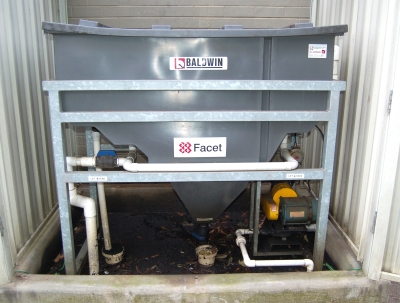Stormwater and wastewater

When stormwater runs off roofs and driveways, it generally travels via gutters and drains to the local creek. From there, it eventually it ends up in a river or coastal waterway.
If stormwater is contaminated with litter, wastes, grease, oil or other chemicals it can kill fish and other water life, and seriously pollute the environment.
That's why it's an offence to allow stormwater to become polluted. This includes placing substances in a position where they can fall or be blown into a drain, gutter or local waterway.
Keeping stormwater clean

Here's some simple things you can do to stop the rainwater running off your premises from becoming polluted before it goes into the stormwater drains:
keep driveways and yard areas free of litter
sweep up rubbish and put it in waste bins, don't hose it into the gutter or drain
provide containers for cigarette butts
keep drains clear, so that muck isn't allowed to build up over time and stop the free flow of water when it rains.
Dealing with trade wastewater

Trade wastewater is any wastewater produced by a commercial or industrial activity. It includes the runoff from industrial sprays and cooling systems, especially when it contains contaminants like cutting compounds from grinders, tannins from logs, and oil or grease from the workshop floor.
Before you let wastewater go into the sewerage system, you need to remove the contaminants, and your company needs to get a wastewater permit from the local water authority. This permit will specify the treatment process required and any other standards that may apply.
Not all businesses need to put their wastewater into the sewerage system. Some companies recycle the wastewater on-site, and treat it so it can be used in other production processes or for watering the garden. Other companies collect the wastewater in drums and have it taken to a waste disposal station.
Remember that if you're sending wastewater to a waste facility, the transporting must be done by a licensed contractor.
Bunding

One of the best ways of stopping hazardous substances from escaping and getting into the stormwater system is to use bunding. A bund is a barrier, like a low wall, built to contain spills or leaks.
Where possible, storage bays should also have a roof overhead to stop rainwater from filling up the bunded area and also from rusting the drums. However, if there are hazardous chemicals involved, there may be special requirements to comply with when the roof is installed.